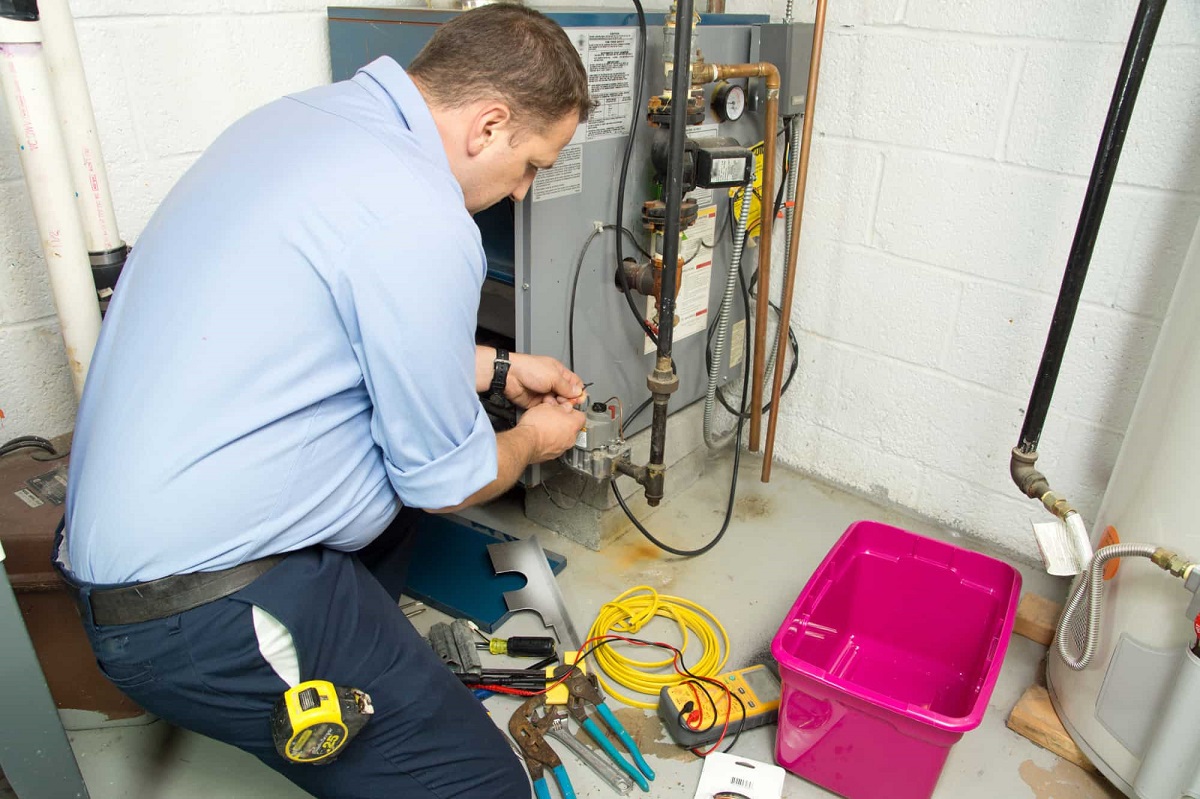

Articles
Water Leaking From FurnACe When AC Is On
Modified: January 19, 2024
Read our informative articles on troubleshooting and fixing water leaks from your furnace when the AC is turned on. Expert tips and advice to keep your home comfortable and dry.
(Many of the links in this article redirect to a specific reviewed product. Your purchase of these products through affiliate links helps to generate commission for Storables.com, at no extra cost. Learn more)
Water Leaking From Furnace When AC Is On
Introduction:
When your furnace starts to leak water while the AC is running, it can be a cause for concern. Understanding the potential causes of this issue is crucial in maintaining the proper functioning of your HVAC system and addressing any underlying problems. In this article, we will explore the common causes of water leaks from the furnace when the AC is on, signs to look out for, troubleshooting steps, and preventive measures to avoid future issues.
Understanding the HVAC System:
An HVAC system consists of various components, including a furnace, air conditioning unit, evaporator coils, condensate drain line, and condensate pump. The AC unit works by extracting heat and moisture from the air, and the moisture then collects in the condensate drain pan. From there, it is drained out of your home through the condensate drain line.
Common Causes of Water Leaks from Furnace with AC On:
Key Takeaways:
- Regular maintenance and cleaning of HVAC components, along with professional inspections, are crucial in preventing water leaks from the furnace when the AC is running. Proactive measures help maintain system efficiency and avoid costly damage.
- Promptly addressing water leakage from the furnace with DIY troubleshooting is important, but seeking professional help when needed ensures accurate diagnosis and resolution. Preventive measures and vigilance in monitoring HVAC performance are key to avoiding future leaks.
Clogged condensate drain line:
Over time, the condensate drain line can become clogged with debris, such as dirt, dust, or mold. This blockage prevents the water from flowing properly, leading to leaks from the furnace.
Damaged or blocked condensate pump:
If your HVAC system has a condensate pump, it may malfunction if the float switch gets stuck or if the pump gets clogged with dirt or debris. A faulty condensate pump can cause the water to back up and leak from the furnace.
Improperly installed or malfunctioning drain pan:
The drain pan collects the condensate water and should be properly installed to prevent leaks. If the drain pan is damaged or incorrectly installed, water can overflow and seep out from the furnace.
Dirty or frozen evaporator coils:
When the evaporator coils get dirty or freeze up, it can disrupt the normal condensation process. Excess moisture can build up on the coils and eventually drip down, leading to water leakage from the furnace.
Read more: Water Leaking From Car When AC Is On
Faulty condensate trap:
The condensate trap is designed to prevent air from entering the HVAC system. If the trap becomes clogged or damaged, it can result in improper drainage, causing water to leak from the furnace.
Signs and Symptoms of Water Leakage:
– Visible water puddles or drips around the furnace.
– Unusual sounds or odors coming from the HVAC system.
– Decreased cooling efficiency.
– Impact on indoor air quality.
– Potential damage to the furnace and surrounding areas.
Troubleshooting and Solutions:
If you suspect a water leak from your furnace, there are some DIY steps you can take to identify the cause. Start by inspecting the condensate drain line for any clogs and clearing it if necessary. Check the condensate pump and ensure it is functioning properly. Clean or replace dirty or frozen evaporator coils, and inspect the drain pan and condensate trap for any issues.
Introduction – Importance of understanding the issue – Potential causes of water leakage from furnace when AC is on
Water leakage from the furnace when the AC is running can be a frustrating and alarming issue for homeowners. Not only can it cause damage to your HVAC system and surrounding areas, but it can also lead to decreased cooling efficiency and compromised indoor air quality. Understanding the potential causes of this problem is essential in order to address it promptly and effectively.
One of the most common causes of water leaks from the furnace when the AC is on is a clogged condensate drain line. Over time, dirt, dust, and other debris can accumulate in the drain line, blocking the flow of water and causing it to back up and leak from the furnace. Another possible cause is a damaged or blocked condensate pump. If the condensate pump malfunctions or becomes clogged, it can result in excess water buildup and subsequent leakage.
In some cases, an improperly installed or malfunctioning drain pan can be the culprit. The drain pan is responsible for collecting the condensate water and directing it towards the drain line. If the drain pan is damaged or not properly installed, water may overflow or seep out from the furnace, leading to leakage.
Dirty or frozen evaporator coils can also cause water leaks from the furnace. When the coils become dirty or freeze up, the normal condensation process is disrupted. Excess moisture can accumulate on the coils and eventually drip down, resulting in leakage. Lastly, a faulty condensate trap can hinder proper drainage and contribute to water leakage from the furnace.
Recognizing the signs and symptoms of water leakage from the furnace is crucial for homeowners. Visible water puddles or drips around the furnace are clear indications of a problem. Unusual sounds or odors coming from the HVAC system can also be a sign of water leakage. Additionally, decreased cooling efficiency and a negative impact on indoor air quality may be experienced when water leaks from the furnace.
In order to resolve the issue, homeowners can take some troubleshooting steps. Starting with a thorough inspection of the condensate drain line to check for clogs and clearing it if necessary is a good first step. Checking and repairing the condensate pump, cleaning or replacing dirty or frozen evaporator coils, and examining the drain pan and condensate trap for any issues are also important tasks.
Understanding the potential causes of water leakage from the furnace when the AC is on is vital for homeowners to efficiently address the problem. Promptly recognizing the signs and symptoms, and taking appropriate troubleshooting steps will help prevent further damage and ensure the proper functioning of your HVAC system.
Understanding the HVAC System – Overview of HVAC system components – How the AC unit works within the system – Importance of proper functioning of the AC unit
To fully grasp why water leakage from the furnace occurs when the AC is running, it is essential to have a basic understanding of the HVAC (Heating, Ventilation, and Air Conditioning) system. The HVAC system consists of several interconnected components that work together to provide temperature control, indoor air quality, and comfort in your home.
The main components of an HVAC system include the furnace, air conditioning unit (AC), evaporator coils, condensate drain line, and condensate pump. The furnace is responsible for heating the air during colder months, while the AC unit cools the air during warmer months. The evaporator coils, located within the AC unit, play a crucial role in the cooling process by extracting heat and moisture from the indoor air.
When the AC unit is running, it pulls warm air from inside your home and passes it over the evaporator coils. As the warm air makes contact with the cold coils, moisture from the air condenses on the coils, much like how water droplets form on a cold glass on a warm day. This condensed water collects in the condensate drain pan located beneath the coils.
The accumulated condensate water in the drain pan is then directed out of your home through the condensate drain line. The condensate drain line serves as a conduit to transport the water away from the unit and prevent water leakage. It is crucial for the drain line to remain free of obstructions to ensure proper drainage.
The AC unit’s proper functioning is of utmost importance in preventing water leakage from the furnace. When the AC is running, it regulates the humidity level by extracting moisture from the air. If the AC unit malfunctions or experiences issues such as clogged drain lines or damaged components, excess moisture can build up, leading to water leakage.
It is vital to ensure the AC unit is well-maintained and regularly serviced to avoid problems that can result in water leaks. Regular maintenance, including cleaning the evaporator coils, checking the condensate drain line for obstructions, and inspecting the condensate pump, helps maintain the efficiency and effectiveness of the AC unit.
In summary, understanding the components and functioning of the HVAC system, especially the AC unit, is key to comprehending why water leakage from the furnace occurs when the AC is running. The AC’s role in removing moisture from the air and the proper functioning of related components, such as the condensate drain line and pump, are critical in maintaining a functioning HVAC system and avoiding water leaks. Regular maintenance and servicing play a crucial role in ensuring the AC unit’s longevity and efficiency, ultimately preventing water leakage and maintaining a comfortable indoor environment.
Common Causes of Water Leaks from Furnace with AC On
Water leaks from the furnace when the AC is running can be attributed to various factors. Understanding the common causes is essential for homeowners to identify and address the issue promptly. Here are the most prevalent causes of water leaks from the furnace:
Read more: Why AC Leaking Water
Clogged condensate drain line:
A clogged condensate drain line is one of the primary culprits of water leaks. Over time, dirt, dust, and other debris can accumulate in the drain line, obstructing the flow of water. As a result, the water backs up and eventually leaks from the furnace. Regular maintenance and cleaning of the condensate drain line can help prevent clogs and subsequent leaks.
Damaged or blocked condensate pump:
In HVAC systems with a condensate pump, problems with this component can lead to water leaks. The condensate pump is responsible for pumping the accumulated water from the drain pan to a drainage point. If the pump becomes damaged or blocked, it fails to remove the water effectively, causing it to overflow and leak from the furnace. Checking the condensate pump regularly and ensuring it is functioning properly is crucial.
Improperly installed or malfunctioning drain pan:
The drain pan, situated beneath the evaporator coils, collects the condensed water and directs it towards the drain line. If the drain pan is improperly installed or damaged, water can overflow or seep out from the furnace. Ensuring the drain pan is securely in place and free from any leaks or cracks is essential to prevent water leakage.
Dirty or frozen evaporator coils:
When the evaporator coils become dirty or freeze up, it can disrupt the normal condensation process. Excess dirt or ice on the coils can impede the flow of air and interfere with proper moisture removal. As a result, the excess moisture may not be efficiently drained, leading to water leaks from the furnace. Routine cleaning and maintenance of the evaporator coils can help prevent this issue.
Read more: Why Does AC Leak Water
Faulty condensate trap:
The condensate trap is designed to prevent air from entering the HVAC system while allowing water to pass through. If the trap becomes faulty, clogged, or damaged, it hinders the proper drainage of water. As a result, the water accumulates and eventually leaks from the furnace. Regular inspection and maintenance of the condensate trap are necessary to ensure it is functioning correctly.
Addressing these common causes of water leaks from the furnace requires prompt action. Homeowners should regularly inspect and maintain their HVAC system, including checking the condensate drain line for any clogs, ensuring the condensate pump is in working order, inspecting the drain pan for leaks, cleaning the evaporator coils, and checking the condensate trap for any issues. By addressing these causes proactively, homeowners can prevent water leaks and maintain the efficiency and functionality of their HVAC system.
Signs and Symptoms of Water Leakage
Water leakage from the furnace when the AC is running can manifest in various signs and symptoms. Identifying these indicators is crucial for homeowners to take prompt action and address the issue before it causes further damage. Here are the common signs and symptoms of water leakage:
Visible water puddles or drips around the furnace:
One of the most obvious signs of water leakage is the presence of visible water puddles or drips in and around the furnace. You may notice water pooling on the floor or dripping from the furnace itself. These visible signs of water leakage indicate an issue that needs to be addressed immediately.
Unusual sounds or odors coming from the HVAC system:
If you hear unusual sounds, such as gurgling or bubbling noises, coming from your HVAC system when the AC is running, it could be a sign of water leakage. Additionally, foul odors emanating from the HVAC system, such as a musty or moldy smell, can indicate a moisture-related issue and potential water leakage.
Read more: Why Is My Portable AC Leaking Water
Decreased cooling efficiency:
Water leakage can impact the efficiency of your AC unit and cooling system. If you notice that your home is not being adequately cooled, despite the AC running constantly, it could be due to water leakage interfering with the proper functioning of the system. Decreased cooling efficiency can also result in increased energy consumption and higher utility bills.
Impact on indoor air quality:
Water leakage can have a direct impact on the indoor air quality of your home. Excess moisture can promote the growth of mold and mildew, which can circulate throughout your home via the HVAC system. This can lead to respiratory issues, allergies, and other health concerns. If you notice a persistent damp or musty smell in your home or experience increased allergy symptoms, it may be a sign of water leakage.
Potential damage to the furnace and surrounding areas:
If left unaddressed, water leakage can cause extensive damage to your furnace and the surrounding areas. The water can corrode electrical components, cause structural damage, and lead to mold growth. Additionally, water leaks can damage flooring, walls, and other surfaces in close proximity to the furnace. Timely detection and resolution of water leakage are essential to prevent costly repairs and further damage.
It is important to be proactive and vigilant in monitoring your HVAC system for signs and symptoms of water leakage. If you notice any visible signs of water, unusual sounds or odors, decreased cooling efficiency, or an impact on indoor air quality, it is crucial to take immediate action. Contacting a licensed HVAC professional to assess and repair the issue is recommended to ensure the proper functioning of your HVAC system and maintain a healthy and comfortable indoor environment.
Troubleshooting and Solutions
When you encounter water leakage from the furnace when the AC is running, there are several DIY steps you can take to identify the cause and potentially resolve the issue. Here is a step-by-step guide to troubleshooting and some recommended solutions:
Read more: Why Is My AC Vent Leaking Water
Step 1: Identify the cause of water leakage:
Start by inspecting the area around the furnace and AC unit to determine the source of the water leakage. Look for any visible signs of water puddles, drips, or moisture. Additionally, check for any unusual sounds or odors coming from the HVAC system. This initial assessment will help you narrow down the potential causes of the leakage.
Step 2: Clear a clogged condensate drain line:
A clogged condensate drain line is a common cause of water leaks. To address this, locate the condensate drain line, usually a PVC pipe, and inspect it for any signs of clogs or blockages. Using a wet/dry vacuum or a thin wire, carefully clear any obstructions from the drain line. Once the clog is removed, pour a mixture of equal parts water and vinegar down the drain line to further clean it.
Step 3: Check and repair the condensate pump:
If your HVAC system has a condensate pump, it is crucial to ensure it is working properly. Start by locating the pump and checking for any visible damage or blockages. Next, test the pump by pouring water into the pump reservoir. If the pump fails to activate or does not pump out the water, it may need to be repaired or replaced. Consult a professional technician for assistance with repairing or replacing the condensate pump.
Step 4: Clean or replace dirty or frozen evaporator coils:
Dirty or frozen evaporator coils can cause water leakage. Start by turning off the AC and allowing the coils to thaw completely if they are frozen. Once thawed, clean the coils using a soft brush or a coil cleaner recommended by the manufacturer. Gently brush away any dirt, dust, or debris. If the coils are severely damaged or beyond repair, they may need to be replaced by a professional technician.
Read more: Chimney Leaking Water When It Rains
Step 5: Assess and fix issues with the drain pan and condensate trap:
Inspect the drain pan for any cracks, leaks, or improper installation. If you notice any damage, you may need to replace the drain pan. Additionally, check the condensate trap for clogs or damage. Clear any obstructions and ensure that the trap is installed correctly and functioning properly. If necessary, seek assistance from an HVAC professional to repair or replace the drain pan or condensate trap.
While these troubleshooting steps can help identify and potentially resolve water leakage issues, it is important to note that HVAC systems are complex and delicate. If your DIY efforts do not successfully resolve the problem, it is recommended to contact a licensed HVAC technician. They have the expertise and tools to accurately diagnose and fix the underlying issue to ensure the proper functioning of your HVAC system.
When to Seek Professional Help
While it is possible to troubleshoot and attempt DIY solutions for water leakage from the furnace when the AC is running, there are instances when professional help is necessary. Here are some scenarios in which you should consider seeking the assistance of a licensed HVAC technician:
When DIY efforts do not resolve the issue:
If you have followed the troubleshooting steps and attempted to fix the problem on your own, but the water leakage persists, it is time to call in a professional. Ongoing water leakage can indicate a more complex issue that requires expert knowledge and specialized equipment to diagnose and resolve. Ignoring the problem or attempting further DIY solutions may worsen the situation and result in more extensive damage.
Importance of hiring a licensed HVAC technician:
HVAC systems are complex and require specific expertise to accurately diagnose and repair issues. Hiring a licensed HVAC technician ensures that you are working with a trained professional who understands the intricacies of your system. They have the knowledge and experience to identify the exact cause of the water leakage and implement the appropriate solution. Additionally, licensed technicians adhere to industry standards and safety protocols, giving you peace of mind that the issue will be handled correctly.
Read more: Why Does My Window AC Leak Water
Potential cost implications:
While it may be tempting to continue attempting DIY solutions to save money, it is important to consider the potential cost implications of ongoing water leakage. If the problem persists or worsens due to unsuccessful DIY attempts, it may lead to more extensive damage to your HVAC system, furnace, and surrounding areas. This can result in higher repair or replacement costs down the line. Investing in professional help at the early stages can potentially save you from costly repairs in the future.
When it comes to water leakage from the furnace with the AC running, it is crucial to recognize when DIY efforts are not enough. Seeking professional help from a licensed HVAC technician ensures that your system receives the proper care it needs and that the underlying issue causing the water leakage is accurately identified and addressed. This not only ensures the safety and longevity of your HVAC system but also provides you with peace of mind knowing that the problem is being resolved by a qualified professional.
Preventive Measures
Taking preventive measures is essential to avoid water leaks from the furnace when the AC is running. Regular maintenance, scheduling professional HVAC inspections, and implementing some simple tips can help prevent future issues. Here are the preventive measures homeowners can take:
Regular maintenance and cleaning of the HVAC system:
Regular maintenance and cleaning of your HVAC system are paramount in preventing water leaks. This includes changing air filters regularly, cleaning the evaporator coils, and inspecting the drain pan and condensate drain line for any debris or blockages. Regular maintenance helps ensure that all components of the system are functioning properly and reduces the likelihood of water leakage.
Importance of scheduling professional HVAC inspections:
Professional HVAC inspections provide a comprehensive assessment of your system and can help identify potential issues before they lead to water leaks. It is recommended to schedule annual HVAC inspections with a licensed technician. They will inspect and clean components, check for leaks or damage, and ensure that the system is running efficiently. Regular inspections can catch small problems early on and prevent them from developing into major issues.
Read more: How To Stop Water Heater From Leaking
Tips for homeowners to prevent future water leaks from the furnace:
- Keep the area around the furnace clean and free from debris. Regularly dust and vacuum the area to prevent dust and dirt from entering the system.
- Monitor the condensate drain line and drain pan for any signs of clogs or leaks. Clear any blockages as soon as they are detected to avoid backup and water leakage.
- Keep the area around the condensate pump clear and ensure it is in good working condition. Regularly inspect the pump and address any issues promptly.
- Check the condensate trap regularly for any signs of clogs or damage. Clean or repair the trap if necessary to maintain proper drainage.
- Ensure proper insulation and sealing of air ducts to prevent condensation and moisture buildup. Well-insulated air ducts help maintain the temperature and humidity levels in your home.
- Maintain a comfortable indoor temperature to minimize the risk of frozen evaporator coils. Avoid setting the thermostat too low, which can cause the coils to freeze and lead to water leaks.
- Monitor your AC unit’s performance and be aware of any significant changes in humidity levels or cooling efficiency. Promptly address any irregularities to prevent water leakage.
By implementing these preventive measures, homeowners can significantly reduce the risk of water leaks from the furnace. Regular maintenance, professional HVAC inspections, and proactive monitoring of the system’s performance will help ensure the proper functioning of your HVAC system and minimize the chances of water leakage.
Conclusion
In conclusion, understanding the causes of water leakage from the furnace when the AC is running is essential for homeowners to maintain the proper functioning of their HVAC system and prevent costly damage. We have discussed the common causes of water leaks, such as a clogged condensate drain line, damaged condensate pump, malfunctioning drain pan, dirty evaporator coils, and a faulty condensate trap.
To troubleshoot and resolve water leakage issues, homeowners can take several DIY steps. Clearing a clogged condensate drain line, checking and repairing a damaged condensate pump, cleaning or replacing dirty evaporator coils, and assessing and fixing issues with the drain pan and condensate trap are some of the recommended solutions.
However, there are instances where professional help is necessary. When DIY efforts do not resolve the issue, it is important to seek the expertise of a licensed HVAC technician. They have the knowledge, experience, and specialized tools to accurately diagnose and repair the underlying problem.
Preventive measures play a crucial role in avoiding future water leaks. Regular maintenance and cleaning of the HVAC system, scheduling professional HVAC inspections, and following some simple tips can help prevent water leakage from the furnace. Keeping the furnace area clean, monitoring the condensate drain line and pump, inspecting the condensate trap, ensuring proper duct insulation, and maintaining a comfortable indoor temperature are all important preventive measures.
Promptly addressing water leakage from the furnace when the AC is running is crucial to avoid further damage and maintain the efficiency of your HVAC system. Water leaks can lead to decreased cooling efficiency, compromised indoor air quality, potential damage to the furnace and surrounding areas, and increased energy costs.
In closing, homeowners are encouraged to take the necessary actions to prevent and address water leaks from the furnace. Regular maintenance, professional inspections, and vigilance in monitoring the performance of your HVAC system will go a long way in ensuring its longevity and efficiency. By promptly identifying and resolving water leakage issues, you can maintain a comfortable and healthy indoor environment for you and your family.
Frequently Asked Questions about Water Leaking From FurnACe When AC Is On
Was this page helpful?
At Storables.com, we guarantee accurate and reliable information. Our content, validated by Expert Board Contributors, is crafted following stringent Editorial Policies. We're committed to providing you with well-researched, expert-backed insights for all your informational needs.
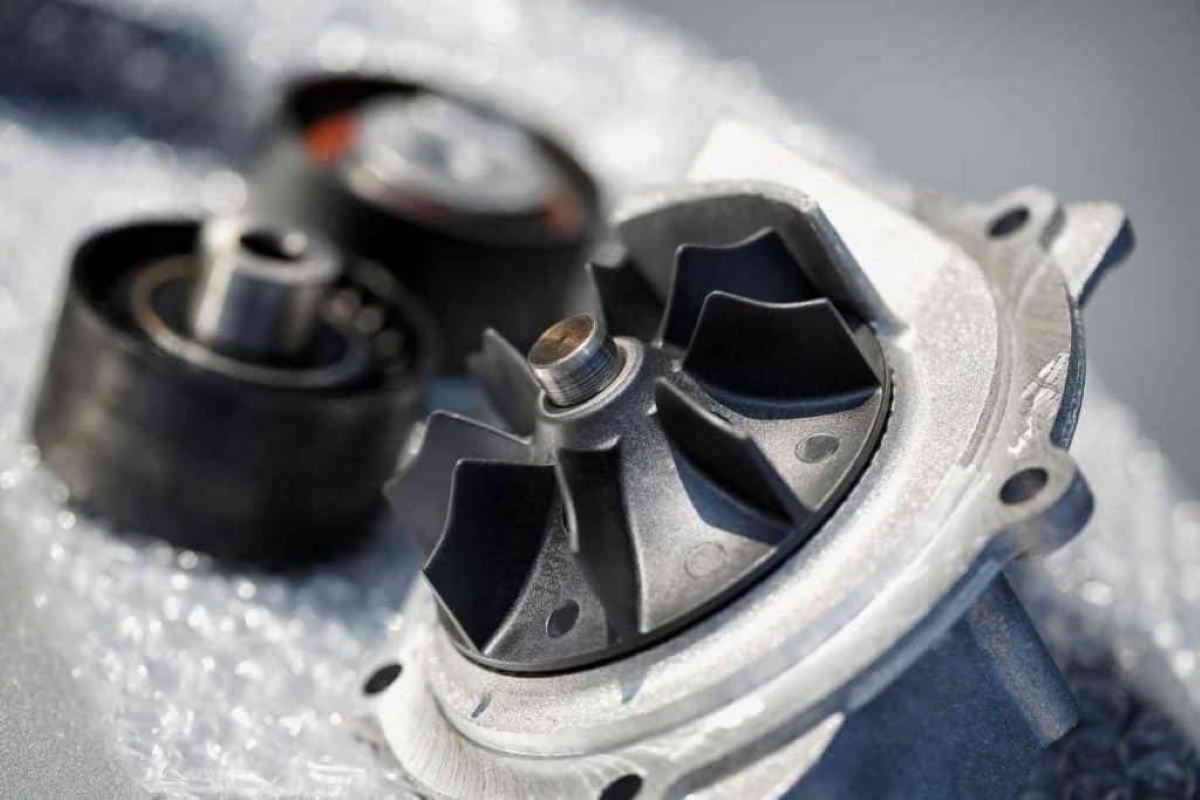
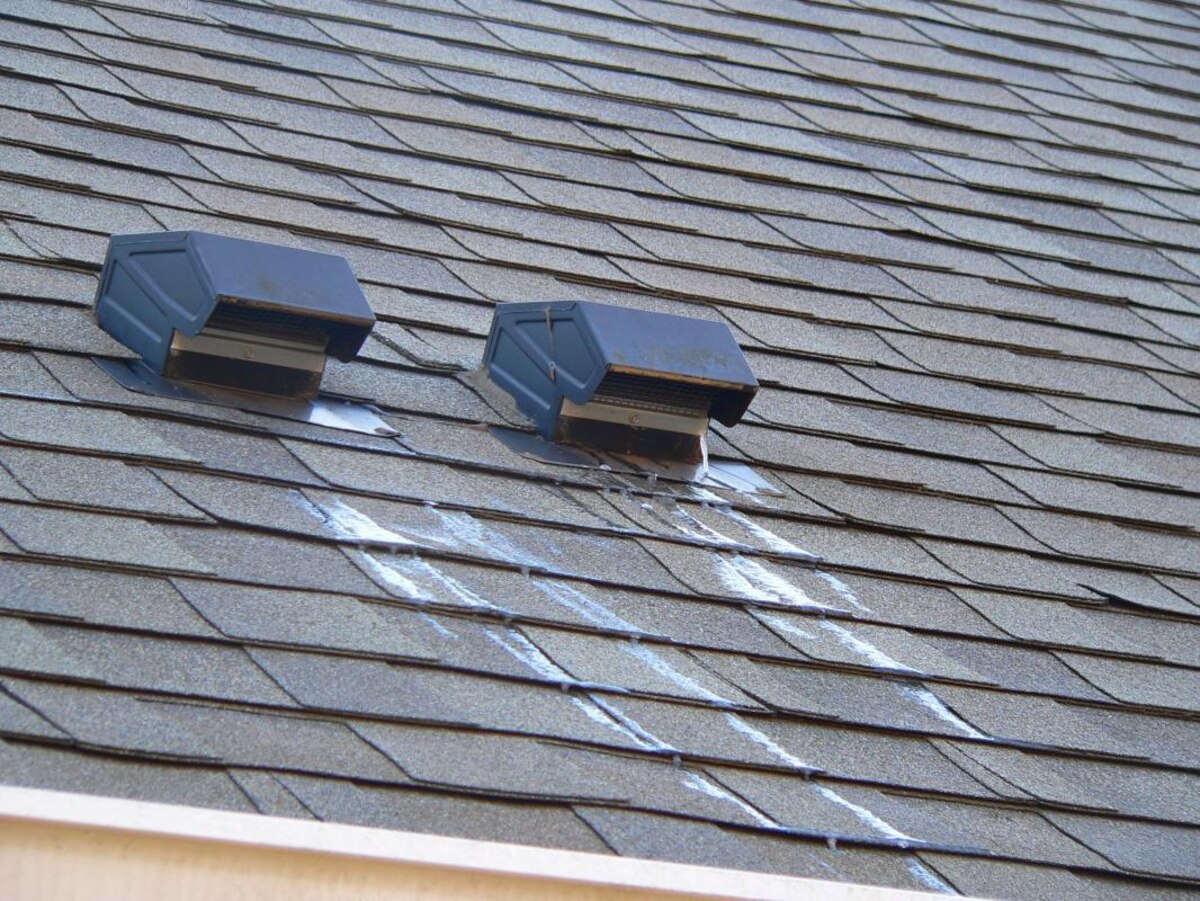
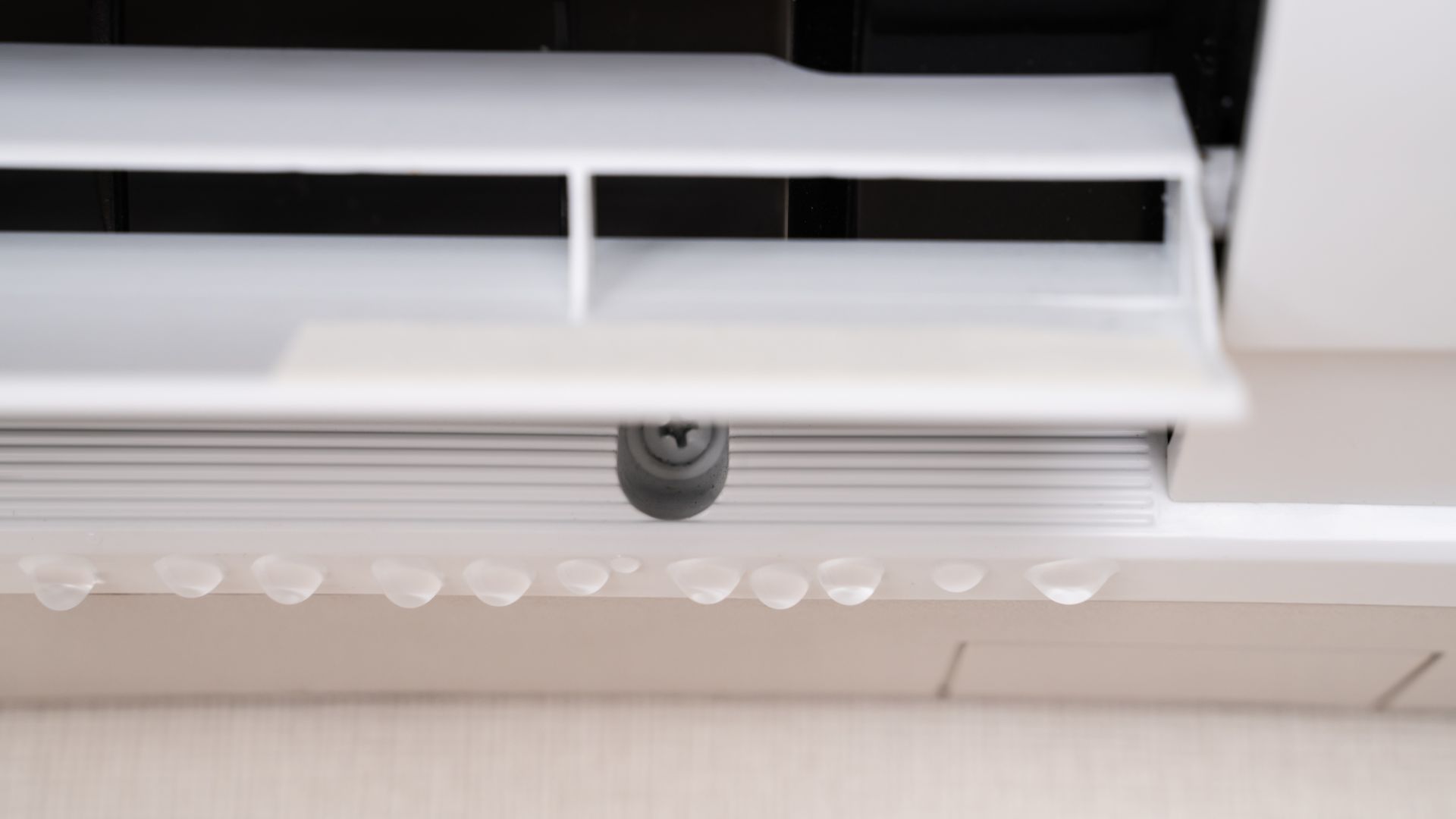
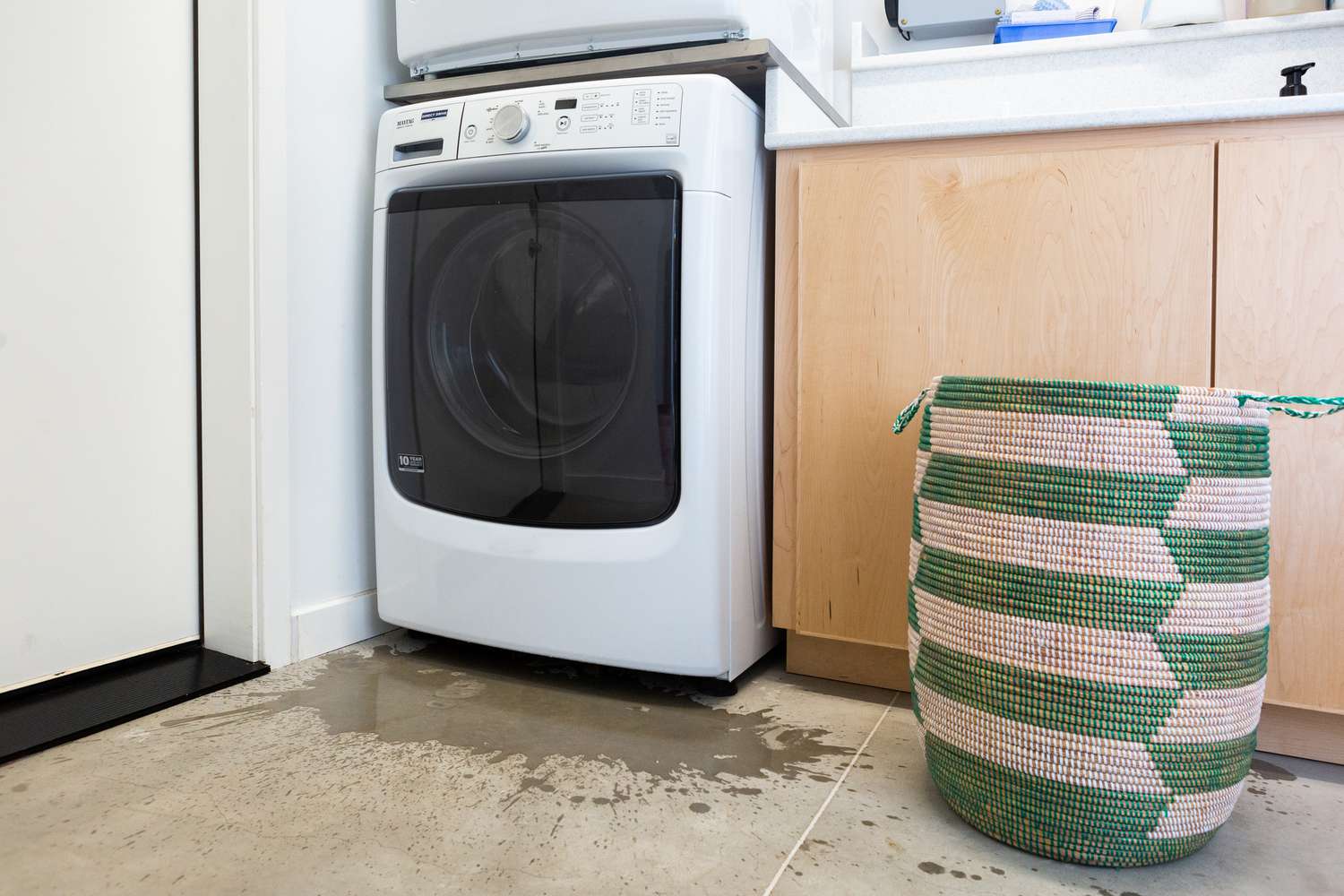
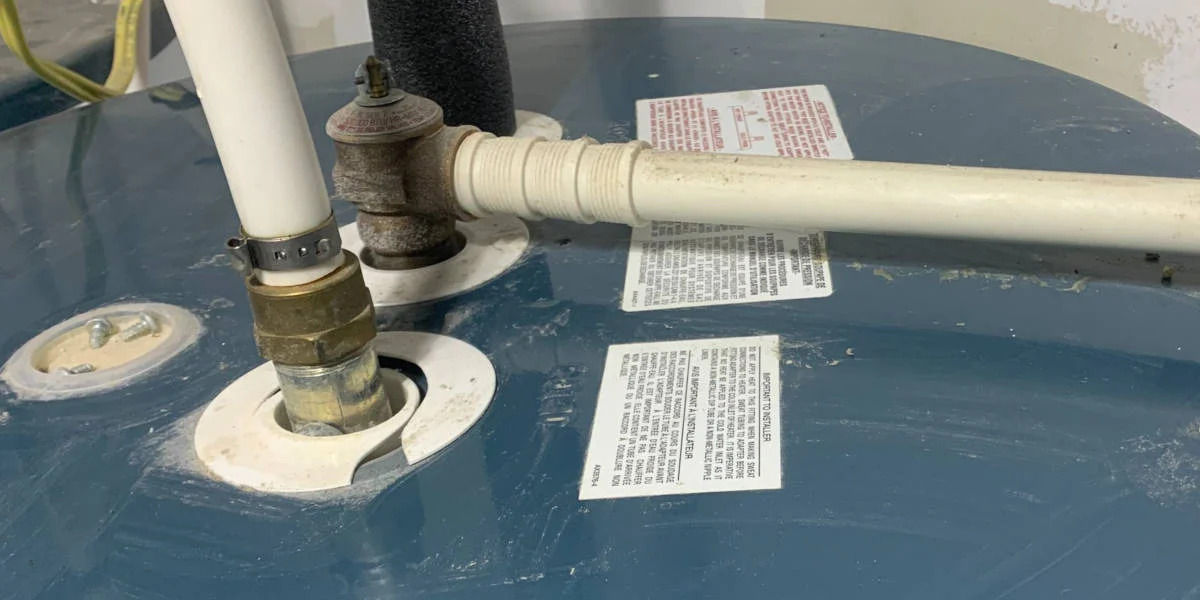
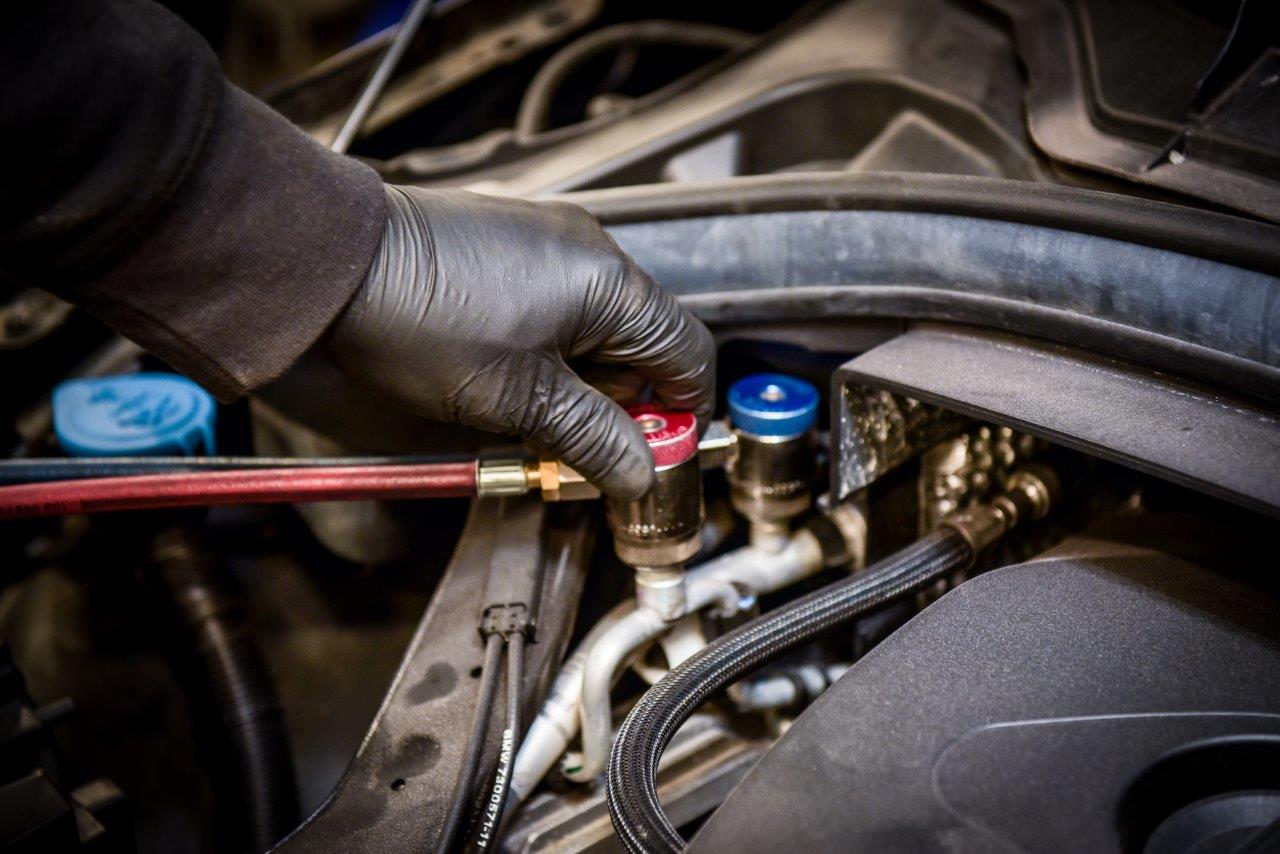
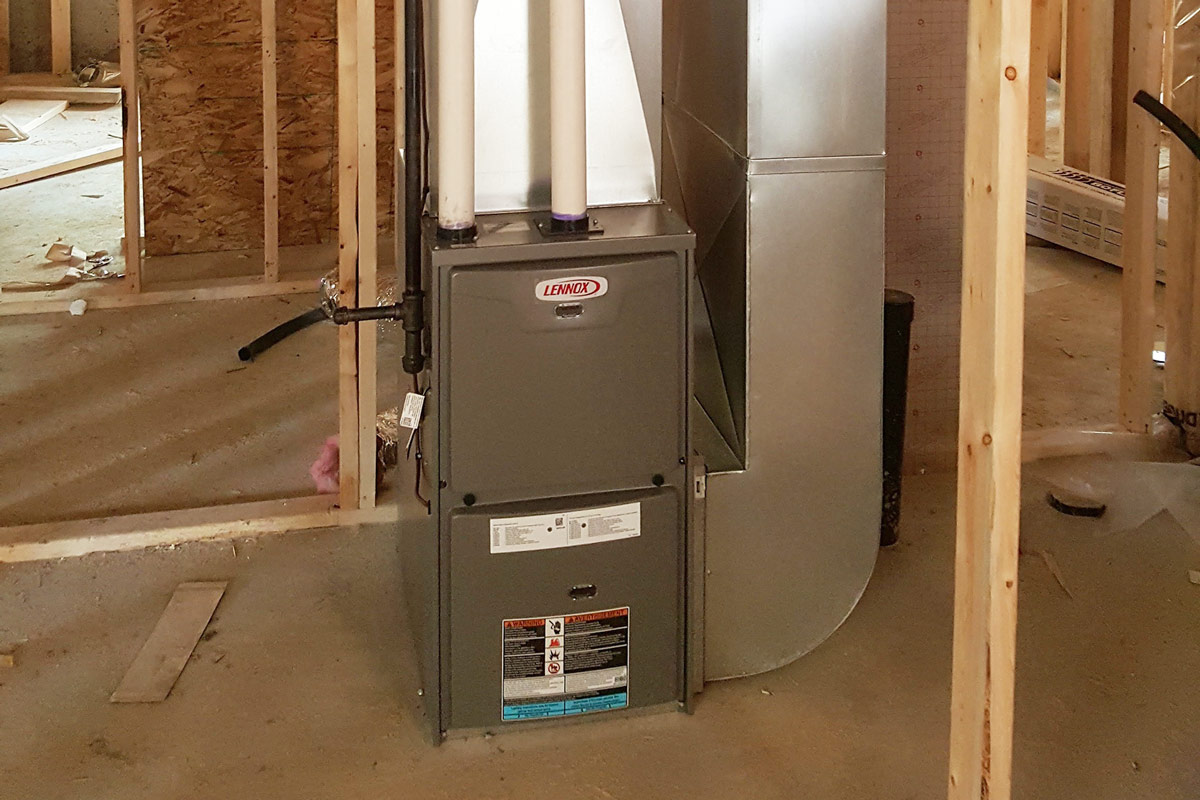

0 thoughts on “Water Leaking From FurnACe When AC Is On”